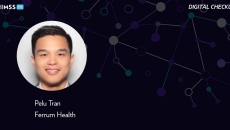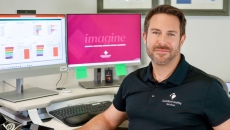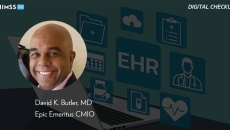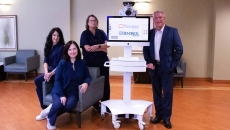Workflow
By agreeing to be acquired by Patient Square Capital, the healthcare improvement company hopes the new ownership structure will offer it the flexibility it needs to accelerate its IT investments and expand its services for health systems.
Patients in the largely rural pediatric population now have a better office experience and more personalized treatment with artificial intelligence, says VCH's physician informatics director.
Keimyung University Dongsan Medical Center has introduced closed-loop processes that have reduced medication errors and increased utilisation rates.
Pelu Tran, Ferrum Health's CEO, says a point solution approach for scaling health AI "doesn't really work when you're dealing with every possible disease, patient or service line" needing AI, and favoring one LLM may also limit future coding.
Success Stories & ROI
In addition to those labor cost savings, the California health system has enabled employees to now view and manage their schedules via mobile apps, swap shifts independently, and pick up open shifts across facilities.
The timeline for creating, testing and deploying new required tools in electronic health records could lead to increased data variability and added administrative burdens, the trade group told CMS in comments on proposed payment rules.
Epic Emeritus CMIO Dr. David K. Butler advises health IT leaders at hospitals and health systems on important aspects of the processes that occur just before go-live to about three months after.
Dr. David K. Butler, who also serves as clinical informatics leader at Calyx Partners where he mentors CMIOs, advises CIOs and other health IT leaders at provider organizations on important elements of these two key EHR processes.
Cybersecurity In Focus
Bringing in technical reinforcements and fostering staff buy-in can increase overall confidence that network blind spots – and compliance with new state healthcare cybersecurity laws – are being addressed, says one rural hospital's IT director.
Success Stories & ROI
The rural Texas health system has reduced the number of transfers to other facilities for higher level stroke care, reduced stroke call-to-screen time to under 7.5 minutes, and dropped door-to-needle time to as low as 34 minutes.









